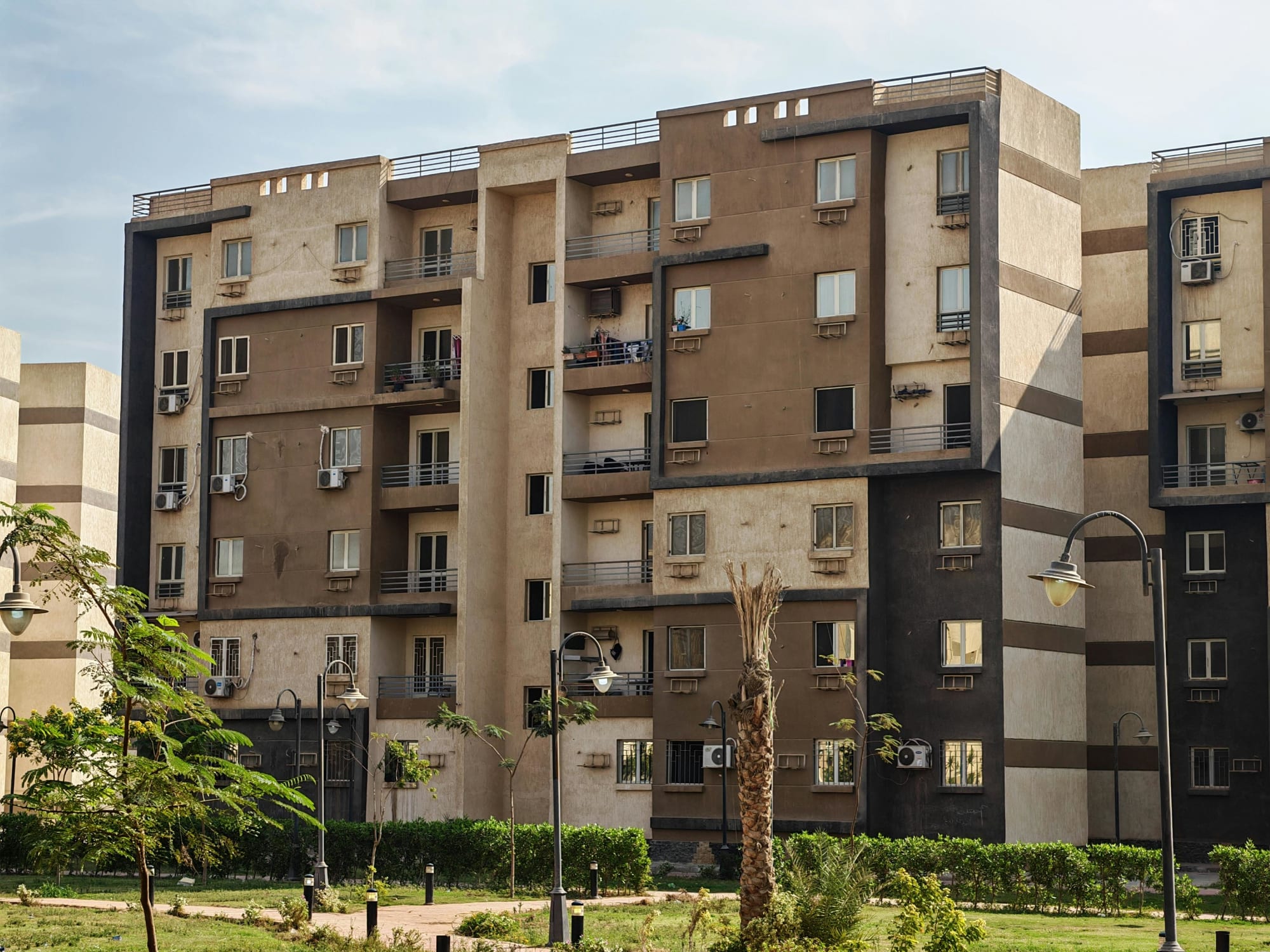Invest
Affordability crisis tipped to continue, but is the future bleak?
Moody’s is tipping housing affordability to remain on a downward spiral in 2021, as prices swell and wage growth stalls.
Affordability crisis tipped to continue, but is the future bleak?
Moody’s is tipping housing affordability to remain on a downward spiral in 2021, as prices swell and wage growth stalls.

Despite record-low interest rates, housing affordability deteriorated in all major capital cities over the five months to February 2021, with the main cause said to be a 4.7 per cent incline in housing prices and a 1.9 per cent decline in incomes, Moody’s Investor Services said in a new report.
According to Moody’s, Aussies households needed 24.6 per cent of their monthly income to meet monthly mortgage payments on new loans in February, up from 23.0 per cent in September.
But despite the apparent deterioration in housing affordability, the current share remains below the 10-year average (26.1 per cent) and well under the high point for the past decade in April 2011 (30.7 per cent).
So, while affordability will continue to deteriorate as prices rise in 2021, Moody’s doesn’t expect the 2011 peak to be breached.

“Our model shows that housing prices or interest rates would have to increase materially (by 24.9 per cent or 225 basis points, respectively) for affordability to deteriorate to its worse level in a decade. A 15 per cent increase in housing prices combined with 100 basis point increase in interest rates would have the same impact,” says Pratik Joshi, a Moody’s analyst.
On the upside, Moody’s expects the growth in housing prices to slow. While tipping prices to continue to grow this year, the ratings agency conceded that the pace will be slower than recent months.
Moody’s, however, predicted a decline in household incomes when government support measures like JobKeeper end in March, but assured that this will be reversed when economic recovery gathers momentum in the second half of 2021.
Looking back at the past five months, housing affordability deteriorated in all major Australian capital cities, but remained better than the 10-year average for each city.
Moody’s research pinpointed Sydney as the least affordable city in Australia for housing, with new buyers needing 31.3 per cent of household income to meet mortgage repayments in February 2021.
Melbourne is the next least affordable city (27.1 per cent of household income to meet mortgage repayments), followed by Adelaide (20.1 per cent), Brisbane (19.9 per cent) and Perth (16.5 per cent). Housing prices increased strongly in all five cities over the five months to February 2021.
According to Moody’s modelling, for every 10 per cent change in housing prices, the percentage of income households need to meet mortgage repayments changes by 2.5 percentage points on average in Australia.
However, extinguishing panic, Moody’s assured that for housing affordability to deteriorate so that it is worse than at any point in the last 10 years, Australian housing prices would have to increase an average 24.9 per cent. Looking at the individual cities, prices would have to increase 18.3 per cent in Sydney, 20.4 per cent in Melbourne and 38.9 per cent in Brisbane.
Adding further assurance, Moody’s modelled affordability based on possible rate rise scenarios, noting that to reach the 10-year unaffordability level, mortgage interest rates would have to increase to 5.9 per cent for Australia on average, or 5.3 per cent for Sydney, 5.5 per cent for Melbourne, 7.0 per cent for Brisbane, 9.0 per cent for Perth and 7.1 per cent for Adelaide.
About the author

About the author


Property
Australia’s mortgage knife‑fight: investors, first‑home buyers and the new rules of lender competition
The mortgage market is staying hot even as rate relief remains elusive, with investors and first‑home buyers chasing scarce stock and lenders fighting for share on price, speed and digital experienceRead more

Property
Breaking Australia’s three‑property ceiling: the finance‑first playbook for scalable portfolios
Most Australian investors don’t stall at three properties because they run out of ambition — they run out of borrowing capacity. The ceiling is a finance constraint disguised as an asset problem. The ...Read more

Property
Gen Z's secret weapon: Why their homebuying spree could flip Australia's housing market
A surprising share of younger Australians are preparing to buy despite affordability headwinds. One in three Gen Z Australians intend to purchase within a few years and 32 per cent say escaping rent ...Read more

Property
Tasmania’s pet-positive pivot: What landlords, BTR operators and insurers need to do now
Tasmania will soon require landlords to allow pets unless they can prove a valid reason to refuse. This is more than a tenancy tweak; it is a structural signal that the balance of power in rental ...Read more

Property
NSW underquoting crackdown: the compliance reset creating both cost and competitive edge
NSW is moving to sharply increase penalties for misleading price guides, including fines linked to agent commissions and maximum penalties up to $110,000. Behind the headlines sits a more ...Read more

Property
ANZ’s mortgage growth, profit slump: why volume without margin won’t pay the dividends
ANZ lifted home-lending volumes, yet profits fell under the weight of regulatory and restructuring costs—an object lesson in the futility of growth that doesn’t convert to margin and productivityRead more

Property
Rate pause, busy summer: where smart capital wins in Australia’s property market
With the Reserve Bank holding rates steady, the summer selling season arrives with rare predictability. Liquidity will lift, serviceability stops getting worse, and sentiment stabilises. The ...Read more

Property
The 2026 Suburb Thesis: A case study in turning trend lists into investable strategy
A new crop of ‘suburbs to watch’ is hitting headlines, but translating shortlist hype into bottom-line results requires more than a map and a mood. This case study shows how a disciplined, data-led ...Read more

Property
Australia’s mortgage knife‑fight: investors, first‑home buyers and the new rules of lender competition
The mortgage market is staying hot even as rate relief remains elusive, with investors and first‑home buyers chasing scarce stock and lenders fighting for share on price, speed and digital experienceRead more

Property
Breaking Australia’s three‑property ceiling: the finance‑first playbook for scalable portfolios
Most Australian investors don’t stall at three properties because they run out of ambition — they run out of borrowing capacity. The ceiling is a finance constraint disguised as an asset problem. The ...Read more

Property
Gen Z's secret weapon: Why their homebuying spree could flip Australia's housing market
A surprising share of younger Australians are preparing to buy despite affordability headwinds. One in three Gen Z Australians intend to purchase within a few years and 32 per cent say escaping rent ...Read more

Property
Tasmania’s pet-positive pivot: What landlords, BTR operators and insurers need to do now
Tasmania will soon require landlords to allow pets unless they can prove a valid reason to refuse. This is more than a tenancy tweak; it is a structural signal that the balance of power in rental ...Read more

Property
NSW underquoting crackdown: the compliance reset creating both cost and competitive edge
NSW is moving to sharply increase penalties for misleading price guides, including fines linked to agent commissions and maximum penalties up to $110,000. Behind the headlines sits a more ...Read more

Property
ANZ’s mortgage growth, profit slump: why volume without margin won’t pay the dividends
ANZ lifted home-lending volumes, yet profits fell under the weight of regulatory and restructuring costs—an object lesson in the futility of growth that doesn’t convert to margin and productivityRead more

Property
Rate pause, busy summer: where smart capital wins in Australia’s property market
With the Reserve Bank holding rates steady, the summer selling season arrives with rare predictability. Liquidity will lift, serviceability stops getting worse, and sentiment stabilises. The ...Read more

Property
The 2026 Suburb Thesis: A case study in turning trend lists into investable strategy
A new crop of ‘suburbs to watch’ is hitting headlines, but translating shortlist hype into bottom-line results requires more than a map and a mood. This case study shows how a disciplined, data-led ...Read more








